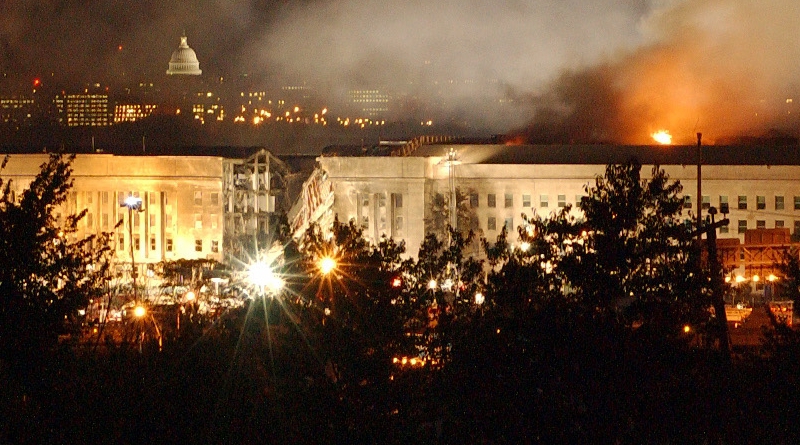Capturing The Lessons Of The “Global War On Terrorism”
Dr. Thomas A.
Marks
Efforts to capture the
lessons of the last two decades – what was once termed the “Global War on
Terrorism” or “the GWOT” – have now been subsumed within a more all-encompassing
attempt to elevate Irregular Warfare (IW) to a position alongside Regular Warfare
(RW) in Professional Military Education (PME).[i] This has led to considerable discussion on how
to proceed. A logical way would be to examine important yet often unknown success
stories whose telling can inform broader institutional efforts to learn and
adapt. One substantial advance is the incorporation, at the senior service
school level, of a College of International Security Affairs (CISA) dedicated
to building partner capacity (BPC) in IW strategy.
Two stories thus intertwine. On the one hand,
the PME system as a whole has been charged with incorporating IW in more than
its usual role as an add-on, the historic norm. On the other hand, CISA already
does this, which prompts this discussion.[ii]
Misdirection in the Study of IW
IW as a subject of study deals with a particular
slice of political violence. The oft-published official graphic comparing
regular war and IW is correct as far as it goes (see Figure 1). In our present
doctrinal conceptualization, regular war takes as its focus neutralization of
the foe’s military to be able to impose our will upon his government. In IW,
the focus shifts to the relationship between a state (represented by its
governme...

